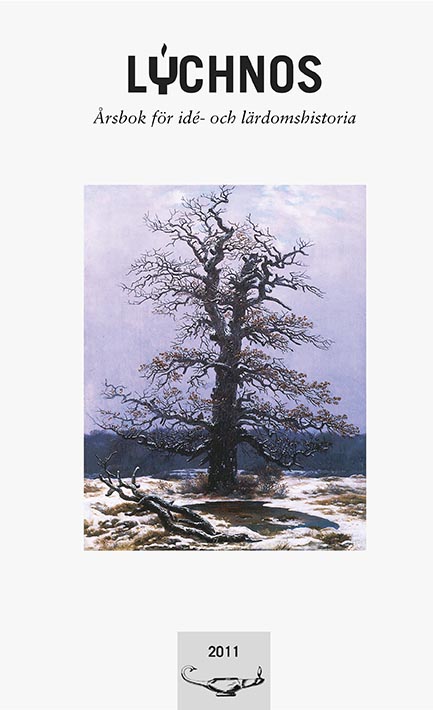Det estetiskas gränser
Inledning till estetikens problem hos Goethe
Abstract
This paper provides an introduction to the problem of aesthetics in Johann Wolfgang Goethe’s oeuvre. Considering his aesthetic writing as a problem-historical process rather than as a comprehensive aesthetic theory or as an unsystematic collection of theoretical judgements, I would like to suggest a new way of analysing Goethe’s conception of the aesthetic. Although he never presented a program, he continuously addressed the same set of questions: What is representation? How is nature transformed into art? How do we represent images with words? What are the limits of the work? These questions, which all pertain to issues of representation, are never given a definite answer but remain open throughout Goethe’s work. In this paper I highlight four areas in which these questions are investigated: 1) the ambivalent interpretation of the concept of mimesis, 2) the problem of symbolic representation, 3) verbal descriptions of works of art, 4) the arabesque and other forms of non-significant representations. Goethe’s discussion of these problems suggests that a classical, representational episteme coexists and, at the same time, is at odds with a modern, organic episteme.
Downloads
Publicerad
Nummer
Sektion
Licens
This work is licensed under a Creative Commons Attribution 4.0 International License. The copyright for the work published in Lychnos remains with the authors.


